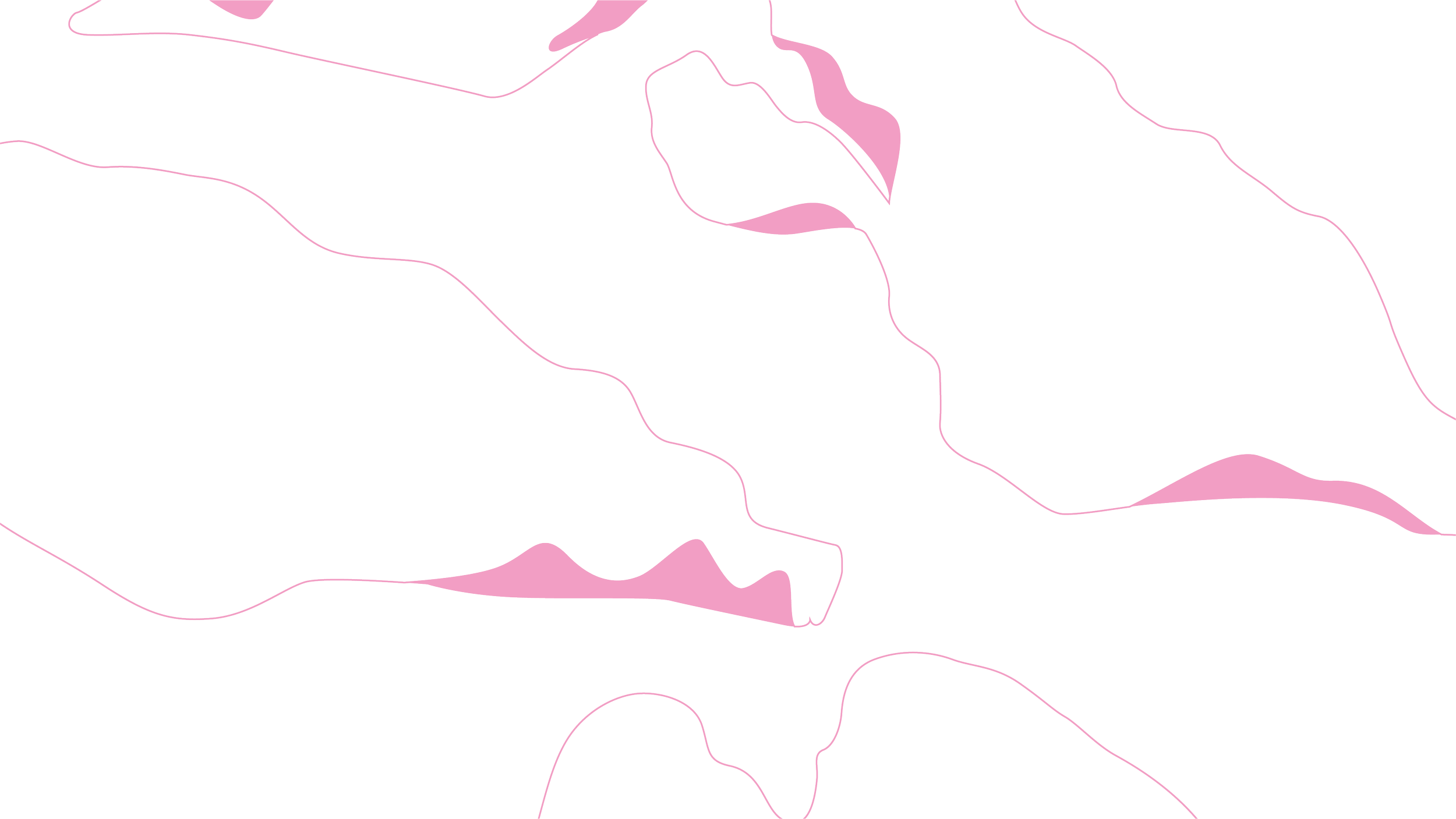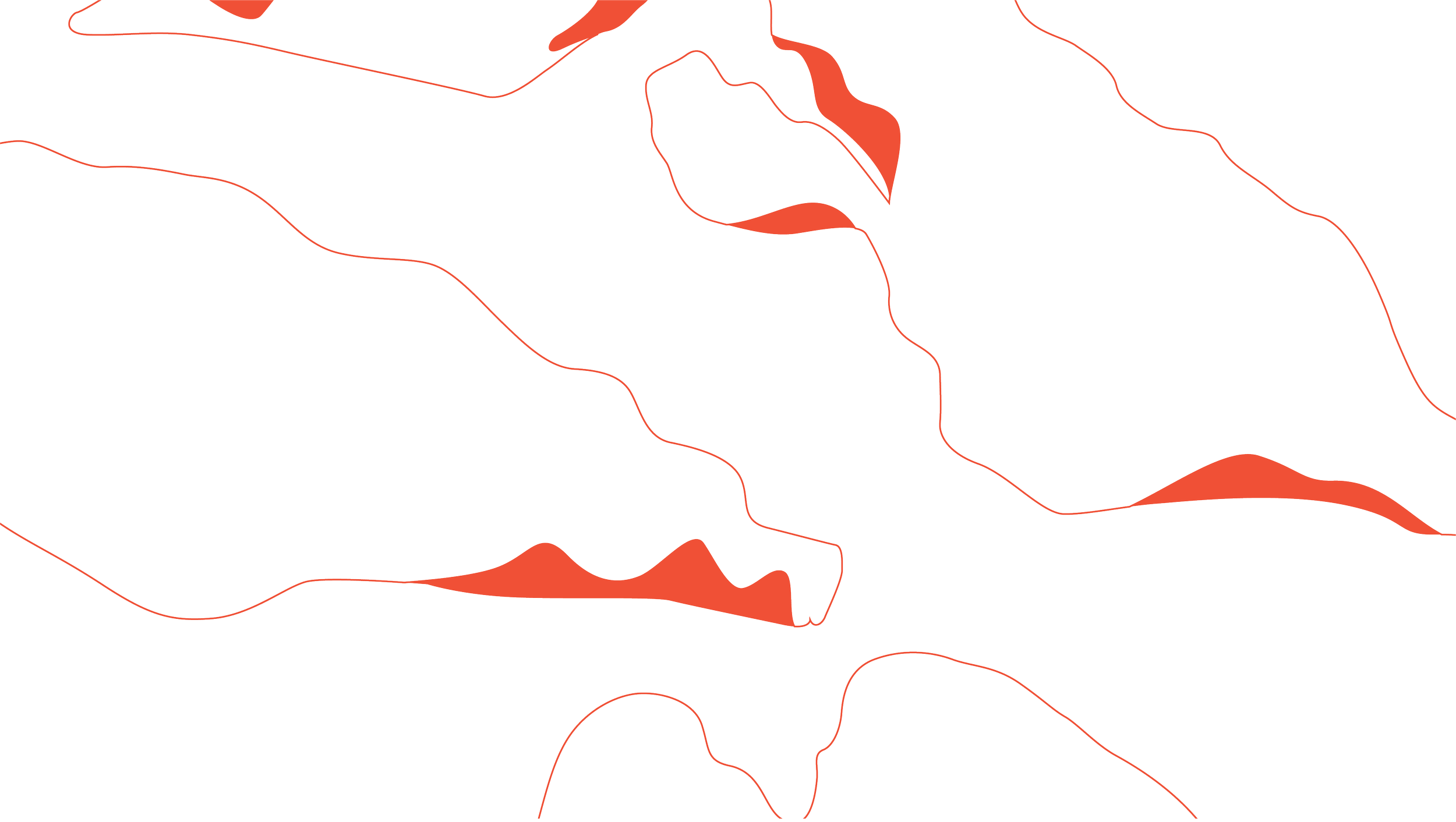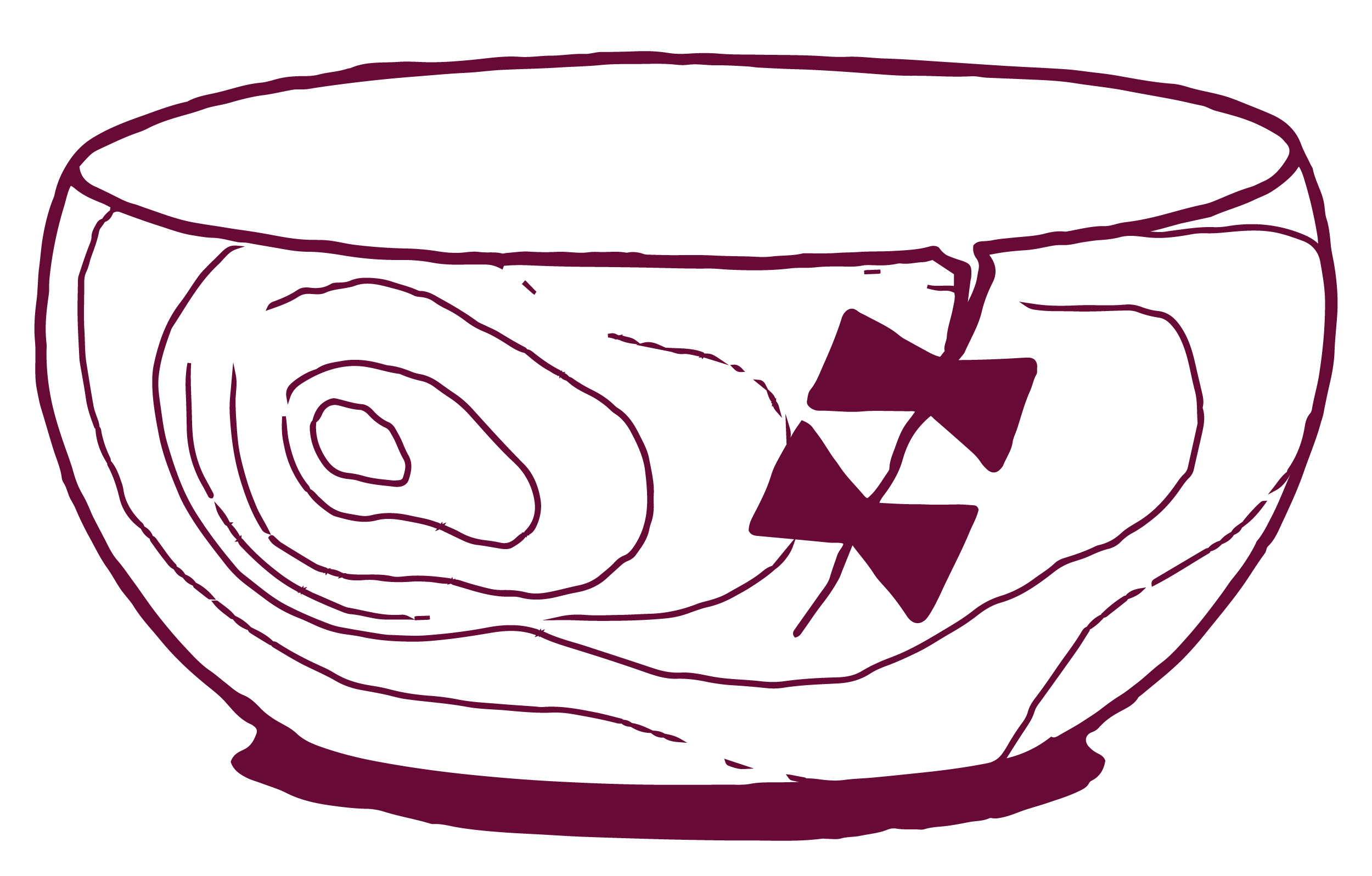

The state’s largest, thematic exhibition of contemporary art from Hawai‘i, the Pacific, and beyond our shores, on view for 78 days across collaborating sites of exhibition on O‘ahu, Maui, and Hawai‘i Island.
CURATED by
Wassan Al-Khudhairi
Binna Choi
Noelle M.K.Y. Kahanu
ORGANIZED by
Hawai‘i Contemporary
Aloha nō
Aloha know
Aloha no
Is Aloha present?
ALOHA NŌ
ALOHA NŌ is a call to know Hawaiʻi as a place of rebirth, resilience, and resistance; a place that embraces humanity in all of its complexities — with a compassion and care that can only be described as aloha. In the words of Kanaka ʻŌiwi (native Hawaiian) philosopher Dr. Manulani Aluli Meyer, “Hawaiʻi is vital now, and our way of spirit is the spirit of aloha. Ulu aʻe ke welina a ke aloha. Loving is the practice of an awake mind.”
Contrary to its ubiquitous and over-commodified presence, aloha is an action that comprises a profound love and truth-telling, a practice that has been kept and cared for by the people of Hawaiʻi for generations. This practice of aloha engenders a deep connectivity to the ʻāina (land), oceanic environment, elements, and each other. It enables us to protect and defend inter-archipelagic relations, that which we love, and our mutual interdependence. It allows us to manifest sovereignty and self-determination, and to stand in solidarity with others.
By collapsing two, seemingly opposite, notions — “no” in English with “nō,” an intensifier in ʻōlelo Hawaiʻi (Hawaiian language) — ALOHA NŌ reclaims aloha from a colonial-capitalist historicity and situates it as a transformative power that is collectively enacted through contemporary art. While specific to Hawaiian and Pacific environments, ALOHA NŌ resonates across other cultures and geographies, especially sovereign lands with similar histories and struggles against colonial occupation and capitalist violence.
Through ALOHA NŌ, we will undo the harmful, misogynistic, stereotypical images of Hawaiʻi, and instead embrace the kaona (layered meaning) of aloha as manifested in a myriad of forms, including aloha ʻāina (love of land), mo‘okū‘auhau (genealogy to people and place), mo‘olelo (storied traditions), and ho‘opono (healing through speaking truth, forgiveness and mutual emergence). More than a theme, ALOHA NŌ also guides the process of curatorial and artistic engagement, creating a method of relationality to ʻāina, sites of exhibition, and audiences.
Now in its fourth iteration, Hawai‘i Triennial 2025 (HT25) is the largest, periodic exhibition of contemporary art in Hawaiʻi, involving dozens of artists, key venues and organizational partners. For the first time, HT25 will also expand beyond the island of Oʻahu, to the islands of Maui and Hawaiʻi. ALOHA NŌ invites all — native islanders, settlers, immigrants, and tourists — to experience and un/learn how to enter and center a place called Hawaiʻi. ALOHA NŌ is a call to know, an invitation to form new understandings of love as acts of care, resistance, solidarity, and transformation.

ht25 Guidebook
Click on the image to download our HT25 Guidebook, a navigation guide to the exhibition. Or pick up a printed copy at most sites of exhibition.
ht25 DIGITAL GUIDE
Check out our dynamic HT25 digital guide in Bloomberg Connects. You can download the app or view it on your mobile phone. Learn more.
ON VIEW ACROSS
THREE HAWAIIAN ISLANDS
HT25 CONTINUES
AT SELECT SITES OF EXHIBITION
Honolulu • O‘ahu
15 FEB —— EXTENDED*
O‘AHU
Honolulu + Pu‘uloa
*Select sites of exhibition are open thru 06 Dec and beyond
15 FEB —— 04 MAY
HAWAI‘I ISLAND
Hilo + Kona*
*Open thru 28 June 2025
07 MAR —— 02 MAY
MAUI
Wailuku

Visual Identity Design
Mau Pewa
The visual identity for Hawai‘i Triennial 2025 (HT25) features the pewa, which is used in Hawaiian woodworking to mend wooden objects. The presence of a pewa denotes a beloved object, often passed down through generations, making it more beautiful and precious to the beholder. By focusing on its distinctive fishtail shape, the pewa serves as a visual device that symbolizes connectivity, unity, longevity, and healing.
Hawai‘i Triennial 2025 has been assisted by the Australian Government through Creative Australia, its principal arts investment and advisory body.






















